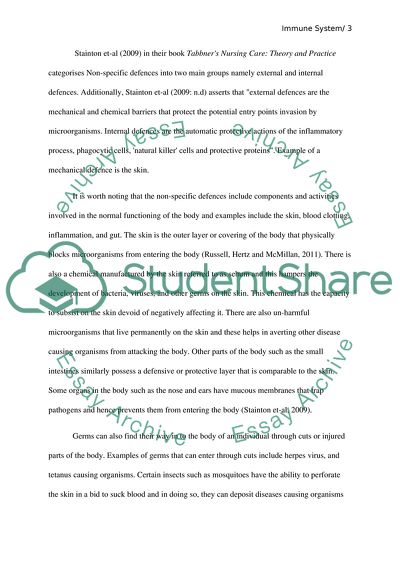Cite this document
(The Capacity to Defend the Human Body against Diseases Coursework Example | Topics and Well Written Essays - 1250 words, n.d.)
The Capacity to Defend the Human Body against Diseases Coursework Example | Topics and Well Written Essays - 1250 words. https://studentshare.org/biology/1827105-immunity
The Capacity to Defend the Human Body against Diseases Coursework Example | Topics and Well Written Essays - 1250 words. https://studentshare.org/biology/1827105-immunity
(The Capacity to Defend the Human Body Against Diseases Coursework Example | Topics and Well Written Essays - 1250 Words)
The Capacity to Defend the Human Body Against Diseases Coursework Example | Topics and Well Written Essays - 1250 Words. https://studentshare.org/biology/1827105-immunity.
The Capacity to Defend the Human Body Against Diseases Coursework Example | Topics and Well Written Essays - 1250 Words. https://studentshare.org/biology/1827105-immunity.
“The Capacity to Defend the Human Body Against Diseases Coursework Example | Topics and Well Written Essays - 1250 Words”. https://studentshare.org/biology/1827105-immunity.


